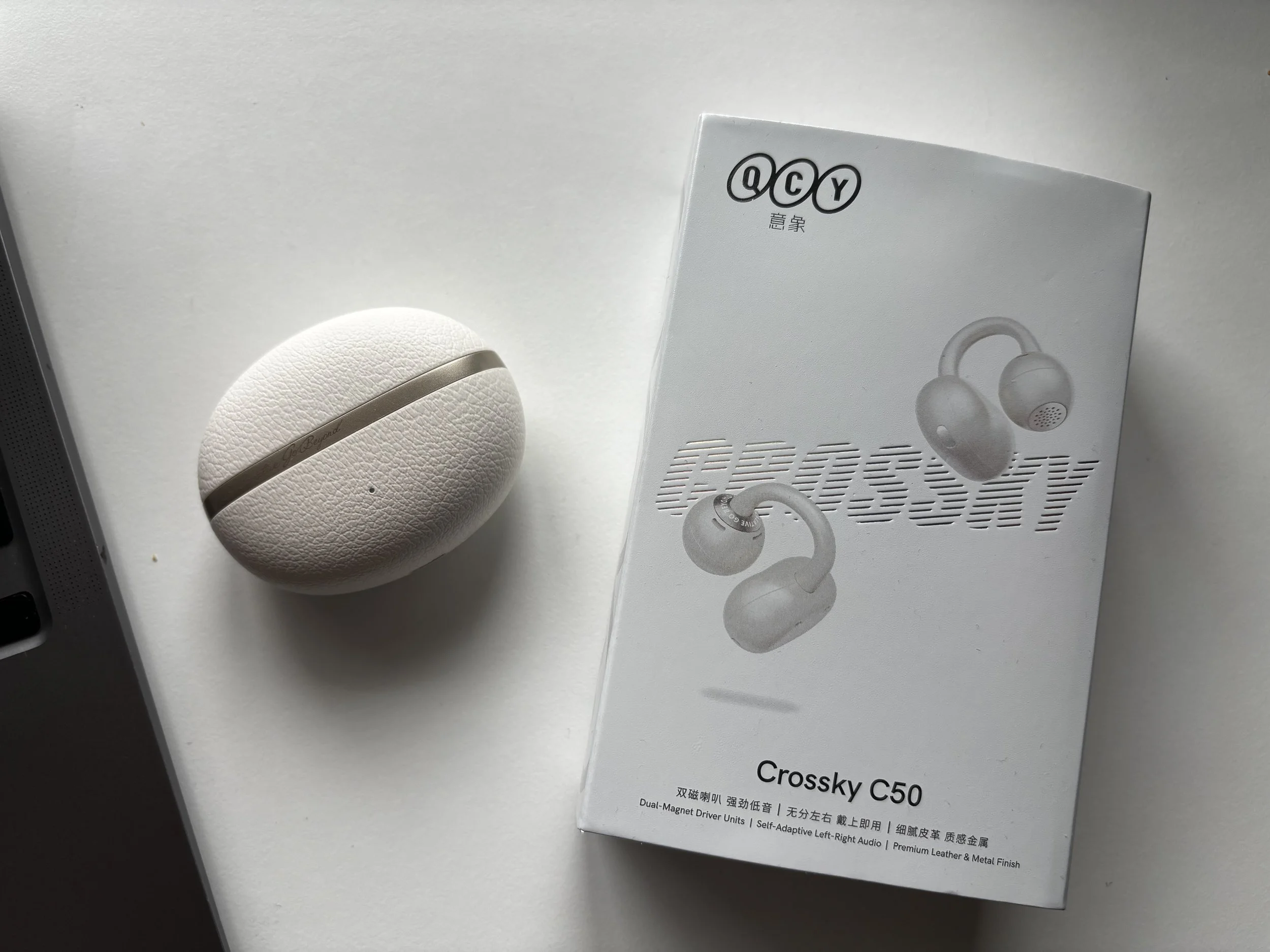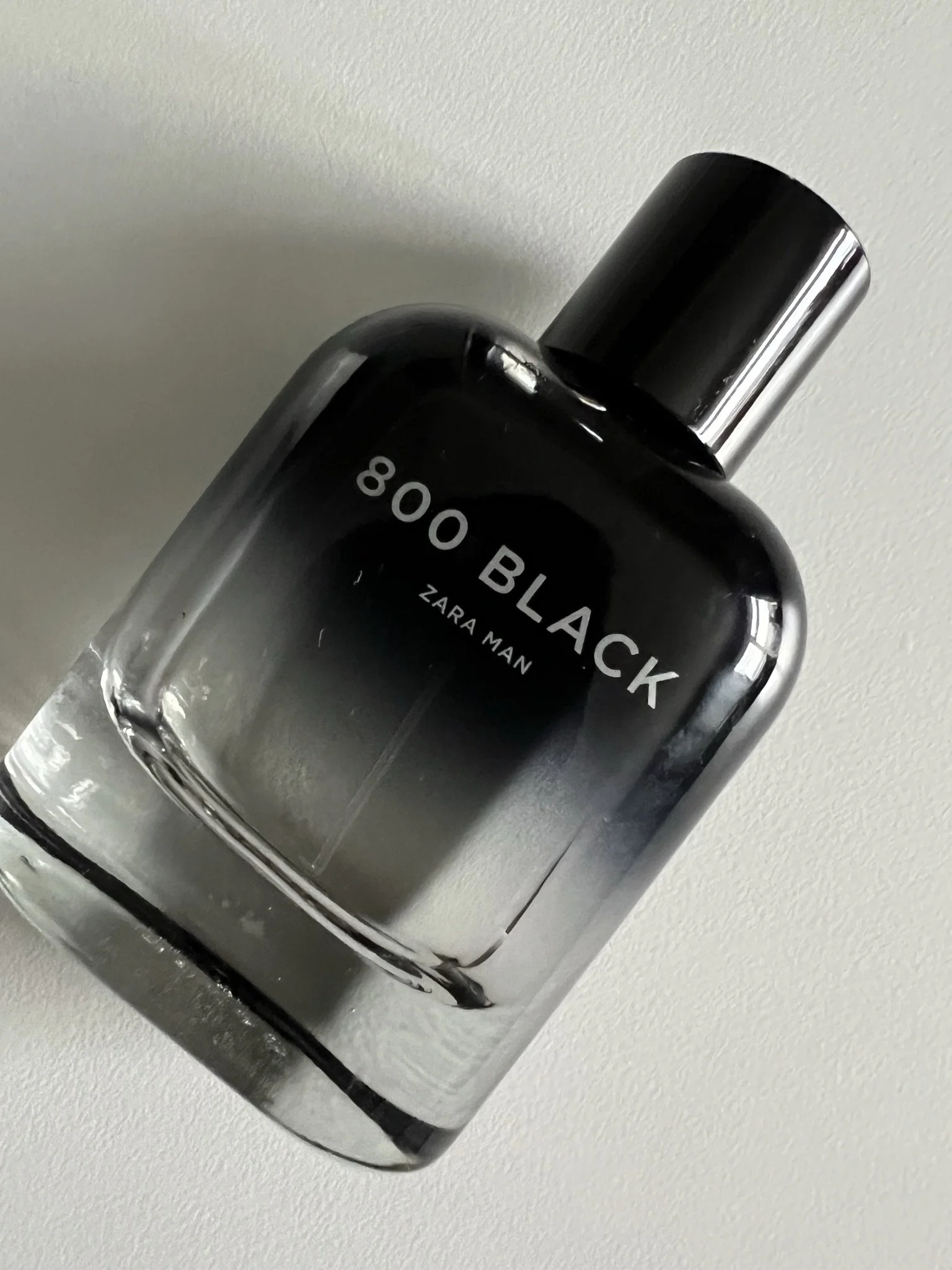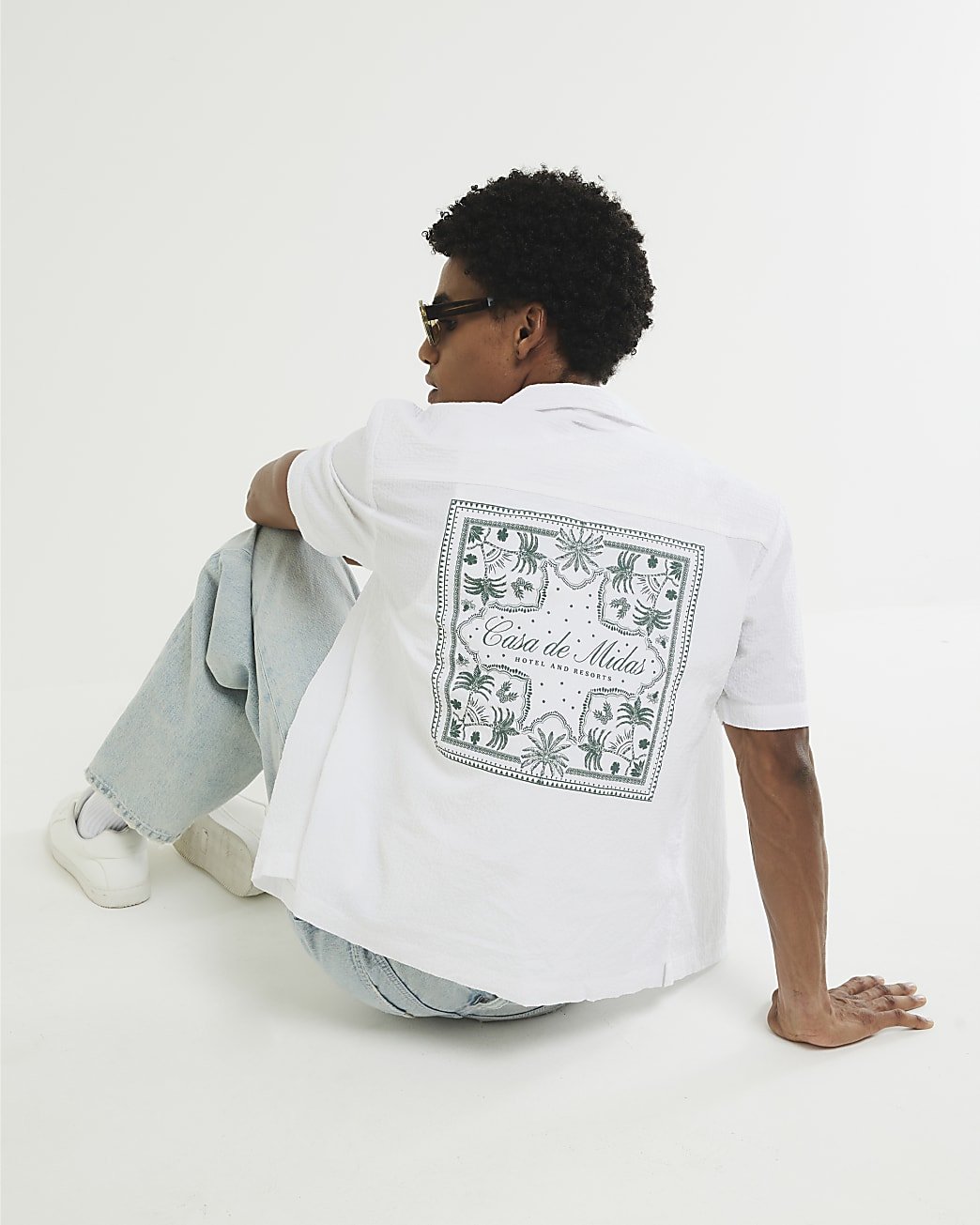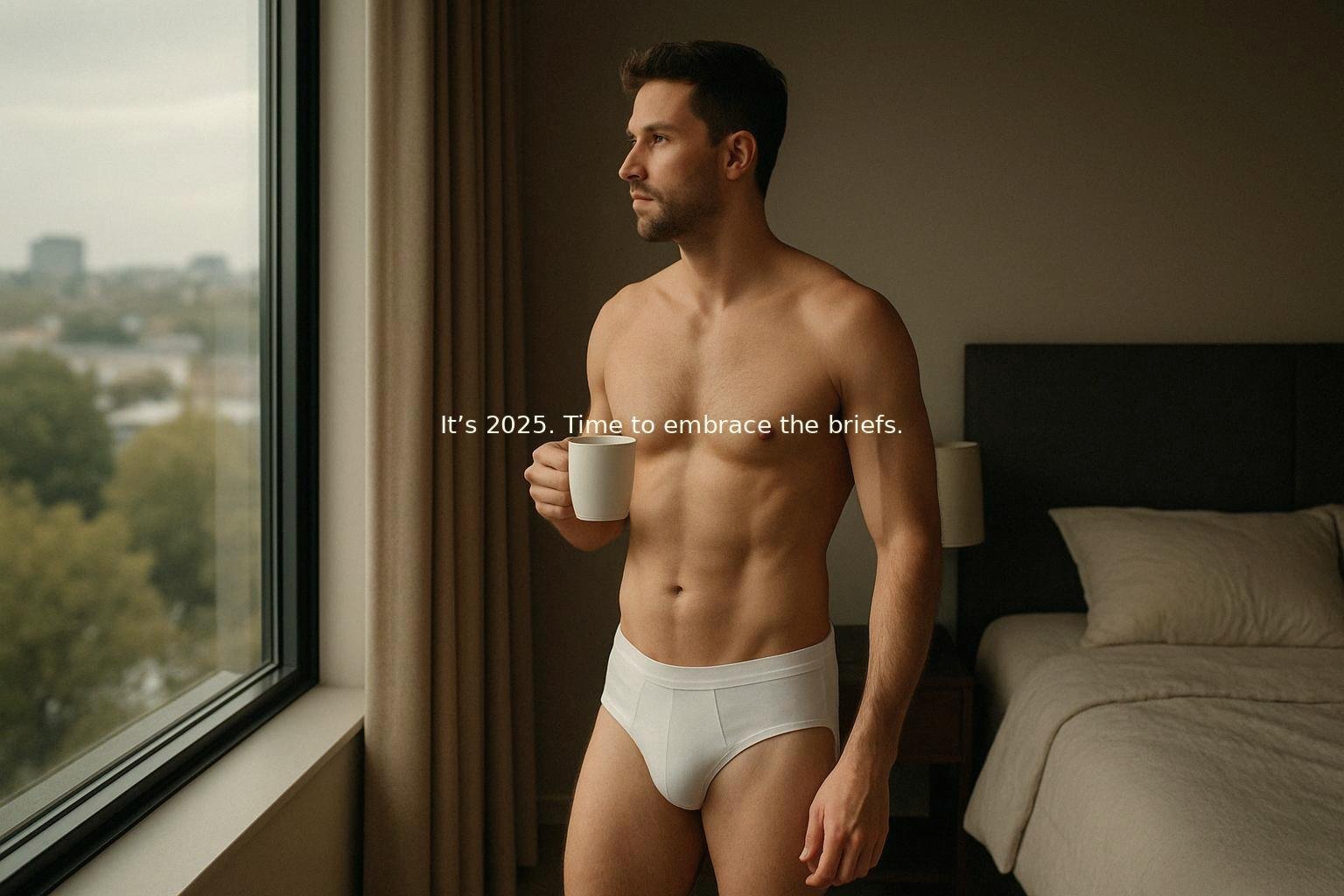Why Minimalism Failed: The Rise and Fall of a Lifestyle Trend
/A few years ago, minimalism was everywhere. It was the buzzword of the decade, the lifestyle trend that promised to declutter not just our homes but our minds. YouTube was flooded with videos of people proudly showcasing their capsule wardrobes, pristine white living rooms, and neatly organized shelves. Influencers like Matt D’Avella made minimalism look aspirational, almost glamorous. And for a while, it felt like the world was ready to embrace a simpler, more intentional way of living.
But fast forward to today, and it’s clear that minimalism has lost its shine. The hashtags are quieter, the YouTube views have dwindled, and the once-vibrant community of minimalists seems to have moved on. So, what happened? Why did minimalism fail to live up to its promise?
As someone who dabbled in minimalism myself, I’ve spent a lot of time thinking about this. And the truth is, minimalism didn’t fail because it was a bad idea. It failed because we—yes, we—missed the point. Let’s dive into why this happened and what we can learn from it.
The Aesthetic Trap: When Minimalism Became a Look, Not a Lifestyle
Let’s be honest: minimalism was gorgeous. Those perfectly curated Instagram feeds, the sleek Scandinavian furniture, the monochromatic wardrobes—it was hard not to fall in love with the aesthetic. But therein lies the problem. Minimalism became more about the look than the lifestyle.
People (myself included) were so enamored with the idea of a minimalist aesthetic that we forgot the core principle of minimalism: intentional living. Instead of reducing our consumption, many of us simply replaced our old stuff with new, “minimalist-approved” items. Out went the colorful throw pillows, and in came the beige ones. Out went the clunky old TV stand, and in came the sleek, wall-mounted version. This consumerist approach completely missed the mark. Minimalism was supposed to be about owning less, not buying more. But in our quest to achieve the perfect minimalist look, we ended up doing the exact opposite.
Consumer Culture: The Elephant in the Room
Let’s face it: we live in a world that thrives on consumption. Everywhere we turn, we’re bombarded with ads telling us to buy more, upgrade faster, and keep up with the latest trends. Breaking free from this cycle is incredibly difficult, and minimalism asked us to do just that.
For a while, it worked. People decluttered their homes, downsized their wardrobes, and felt a sense of liberation. But over time, the pull of consumer culture proved too strong. Old habits crept back in, and before we knew it, our closets were full again, our shelves were cluttered, and our wallets were lighter. The truth is, minimalism requires a mindset shift that goes against the grain of modern society. It’s not just about decluttering once; it’s about consistently resisting the urge to accumulate. And for many of us, that’s a battle we’re not equipped to win.
Minimalism as a Trend: The Irony of Buying Our Way to Simplicity
Like any trend, minimalism had its moment in the spotlight. Influencers like Matt D’Avella and The Minimalists brought it into the mainstream, and for a while, it felt like everyone was jumping on the bandwagon. But trends, by their very nature, are fleeting. For many people, minimalism was a temporary experiment rather than a long-term commitment. They decluttered their homes, filmed a “minimalist makeover” video, and then moved on to the next big thing. Once the novelty wore off, they returned to their old habits, and minimalism became just another phase.
But here’s the kicker: in our quest to embrace minimalism, many of us ended up buying more stuff. I’ll admit it—I was guilty of this too. I decluttered my wardrobe only to fill it with new, “minimalist-approved” pieces. I got rid of my old decor and replaced it with sleek, modern alternatives. This behavior highlights one of the biggest contradictions of the minimalist trend: the idea that you can buy your way to simplicity. It’s a paradox that undermines the very essence of minimalism. Instead of reducing our consumption, we were simply shifting it to a different category. This is the danger of treating minimalism as a trend rather than a lifestyle. Trends come and go, but true lifestyle changes require sustained effort and commitment. Minimalism asked us to break free from consumer culture, but in many cases, it ended up feeding into it.
The Pandemic: A Wake-Up Call
If there’s one thing that accelerated the decline of minimalism, it was the COVID-19 pandemic. Suddenly, the world was turned upside down, and our priorities shifted overnight. For many of us, minimalism no longer felt practical or even desirable. We needed more stuff—whether it was home office equipment, hobby supplies, or pantry staples—to navigate the challenges of lockdowns and uncertainty. The idea of living with less felt out of touch with the realities of a global crisis. The pandemic reminded us that life is unpredictable, and sometimes, having a little extra can be a good thing. It forced us to reevaluate what truly matters, and for many, minimalism didn’t make the cut.
What We Can Learn from Minimalism’s Rise and Fall
So, where does this leave us? Has minimalism completely failed? Not necessarily. While the trend may have faded, its core principles are still relevant. The idea of living intentionally, reducing waste, and focusing on what truly matters is more important than ever.
For me, minimalism has had a lasting impact, even if I didn’t fully embrace the lifestyle. It changed the way I think about consumption and helped me develop healthier habits. For example, I’ve become much more mindful about what I buy, especially when it comes to fashion. I avoid fast fashion as much as I can, opting instead for higher-quality pieces that will last me years rather than months. Sure, they’re more expensive upfront, but they save me money—and stress—in the long run. Minimalism also taught me the value of a decluttered space. Even if I’m not living in a picture-perfect minimalist home, I’ve learned that having fewer things around me makes me feel calmer and more focused. It’s not about achieving a specific aesthetic; it’s about creating an environment that supports my well-being.
What we need now is a more balanced approach—one that embraces the spirit of minimalism without the extreme restrictions. Movements like conscious consumerism and essentialism offer a more flexible, sustainable way to simplify our lives. They encourage us to be intentional about what we bring into our homes and lives, without forcing us to adhere to rigid rules. At the end of the day, minimalism wasn’t a failure. It was a wake-up call. It challenged us to rethink our relationship with stuff and to prioritize what truly matters. And even if we didn’t get it right the first time, there’s still hope for a simpler, more intentional future.
Final Thoughts
Minimalism may have failed as a widespread lifestyle trend, but its legacy lives on. It taught us valuable lessons about consumption, intentionality, and the importance of focusing on what truly matters. And while we may not all be living in tiny homes with capsule wardrobes, we can still take those lessons to heart and apply them in our own way.
So, here’s to a simpler, more intentional life—whatever that looks like for you.
Jerome





























